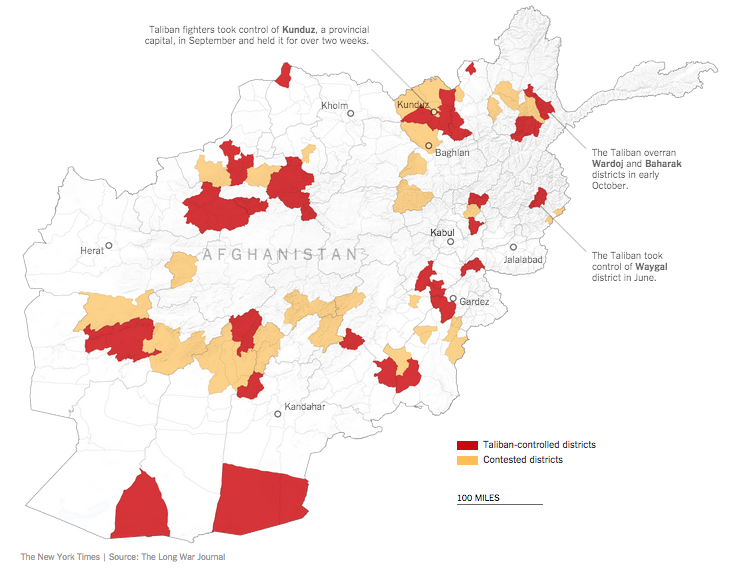
Taliban overruns district in southern Afghanistan
Khanashin district in Helmand province was a Taliban haven long before the district center fell earlier today. The Taliban now controls 37 districts in Afghanistan and contests another 39.

Khanashin district in Helmand province was a Taliban haven long before the district center fell earlier today. The Taliban now controls 37 districts in Afghanistan and contests another 39.
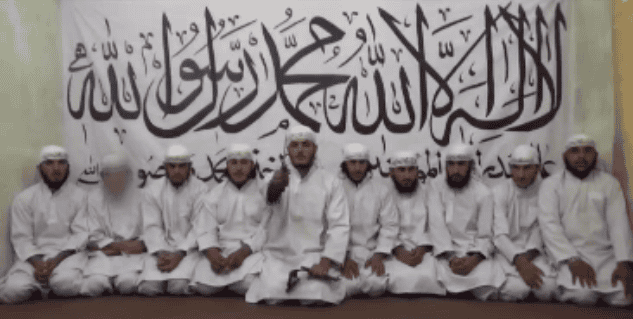
A Taliban suicide assault team killed more than 30 people in an attack on Kandahar International Airport in southern Afghanistan that lasted for more than a day before Afghan forces backed by the US military could regain control.
Fighters loyal to Mullah Mansour battled followers from Mullah Rasul’s splinter Taliban faction in Shindand in Herat province. Shindand is a stronghold of Rasul.

In a new audio message, Taliban emir Mullah Akhtar Muhammad Mansour denies that he was killed in a shootout in Pakistan. Afghan officials and other sources recently said that the Taliban leader was slain by a rival commander. But Mansour dismisses these reports as mere “propaganda.”
The Taliban released two statements denying that Mullah Akhtar Muhammad Mansour was injured or killed in a firefight. But the Taliban also hid Mullah Omar’s death, so its denial cannot be accepted at face value.
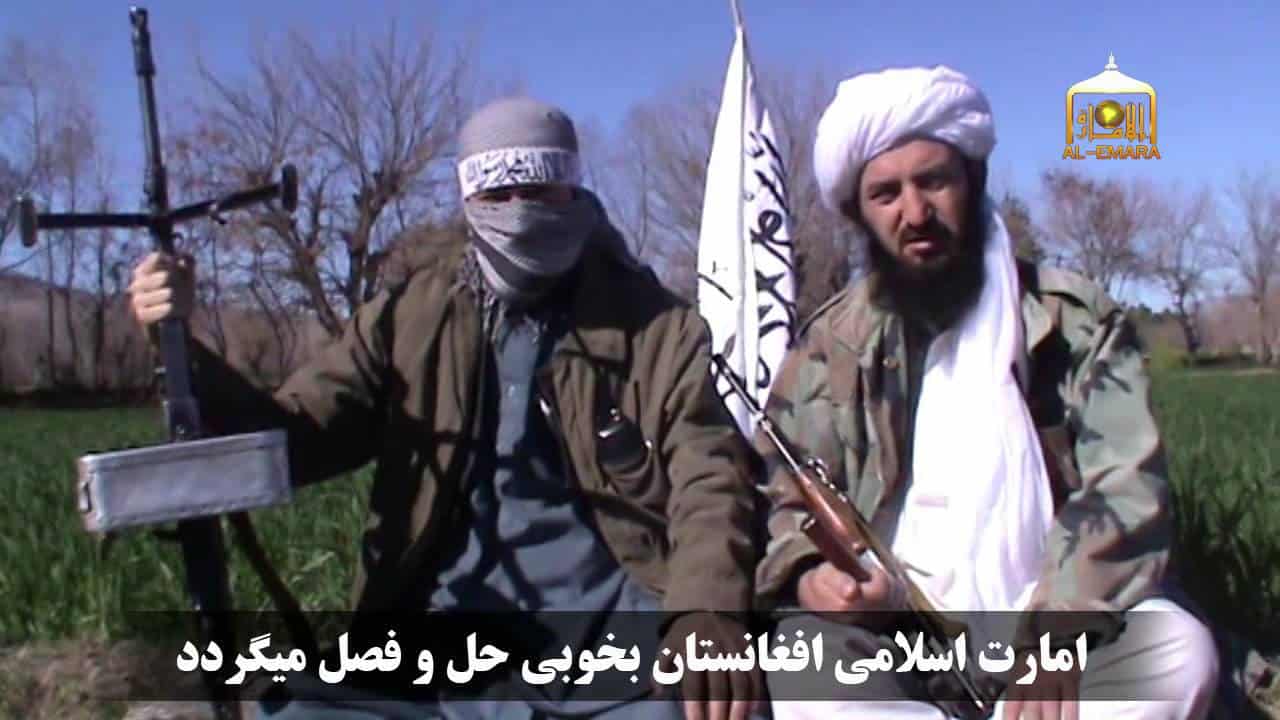
The Taliban claimed that 338 security personnel and government officials defected to the jihadist group in the district of Waygal, which is in the embattled northeastern province of Nuristan.
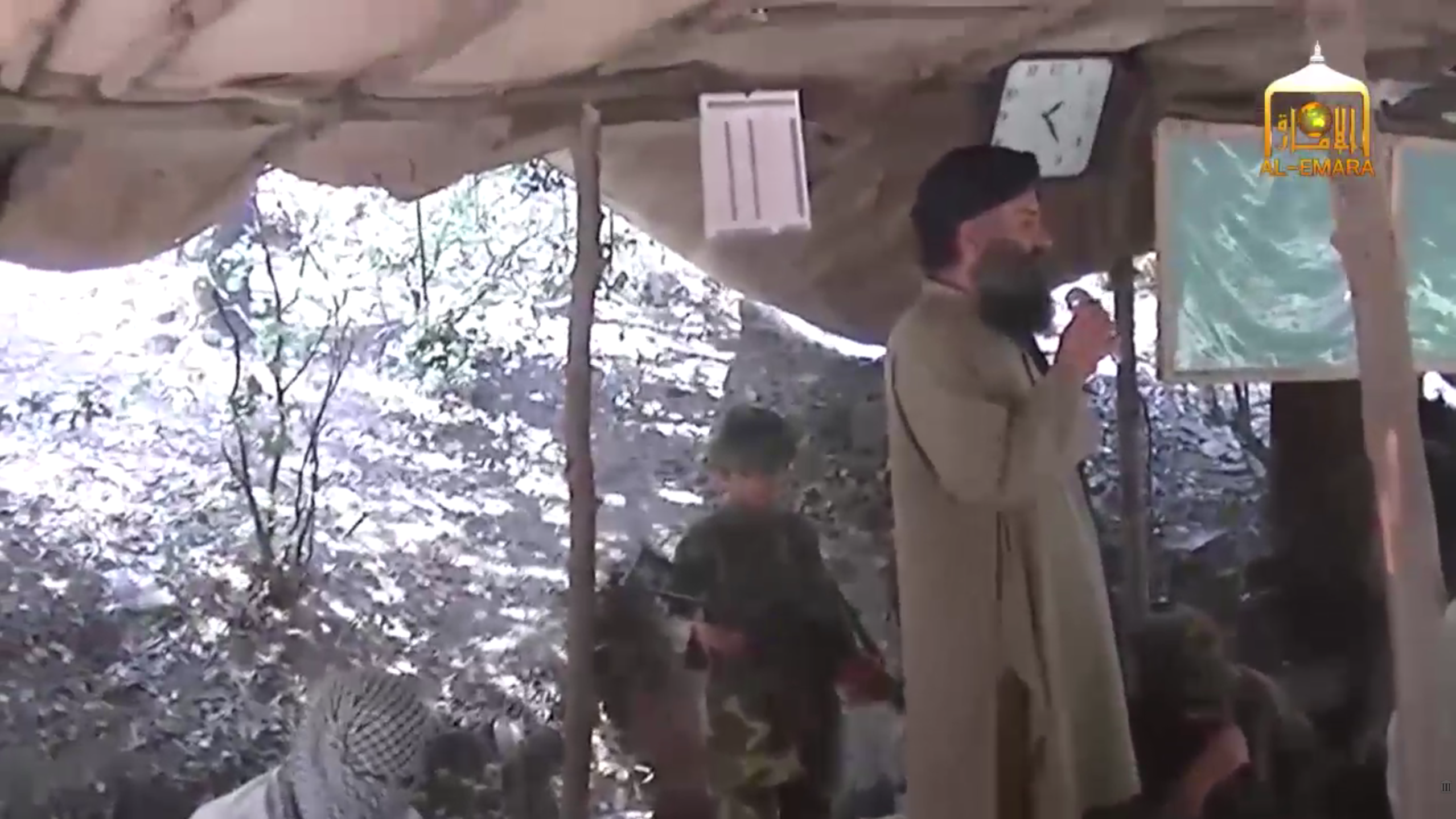
The Taliban issued a statement denying that it uses children in its paramilitary and suicide operations. The denial is contradicted by the group’s own propaganda, including a recent video that showed a young boy standing next to a commander as he addressed his suicide attack unit. The boy was dressed in military fatigues and armed with an assault rifle.

The Muaskar ul Fida is likely loyal to the Haqqani Network, an al Qaeda-linked Taliban group that is backed by Pakistan’s military and intelligence establishment.

While western officials still seek to negotiate with the Afghan Taliban, the group continues to support attacks in Western countries. The Taliban said France’s “colonial policy” justified the murders in Paris.

Sixty-five Afghan soldiers and several of their officers laid down their weapons and surrendered to the Taliban in the embattled district of Sangin in the southern province of Helmand.

Mullah Abdul Manan Niazi, the deputy leader of the so-called “High Council of Afghanistan Islamic Emirate,” was accused by Human Rights Watch of inciting and supporting the murder of thousands of Afghans, mostly from the minority Shiite Hazara sect, after the Taliban seized Mazar-i-Sharif in August 1998. He also sheltered Khairullah Said Wali Khairkhwa, one of five dangerous al Qaeda-linked Taliban leaders who were exchanged for US soldier Bowe Bergdahl.
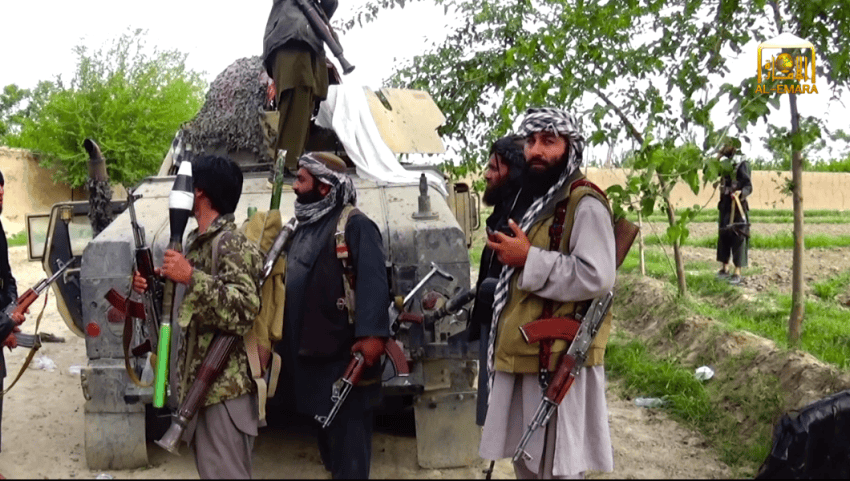
At least 80 fighters from both sides are reported to have been killed during clashes between fighters loyal to Mullah Akhtar Mohammad Mansour and those from Mullah Mohammad Rasul’s dissident Taliban faction in Zabul province.

“People such as these you do not hear a sound from them, they work in silence and leave in silence,” a prominent jihadist said of Sufyan al Maghribi, al Qaeda’s former military emir for Afghanistan and Pakistan. Maghribi was also a frequent contributor to Vanguards of Khorasan, al Qaeda’s magazine, under the nom de guerre Abu Isam al Andalusi.
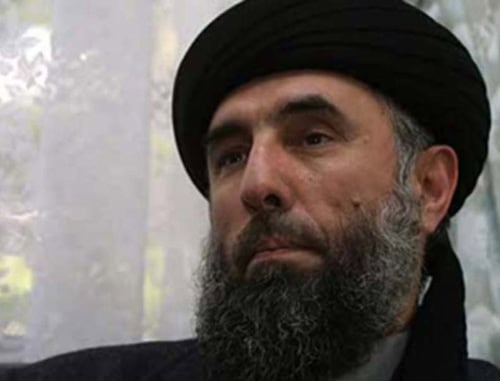
“Hizb-i-Islami neither has relations with the Islamic State, or any commitment to the group, nor has it announced any support of that group,” Gulbuddin Hekmatyar said in mid-October.
The jihadist group overran the district center of Darqad in Takhar province, but lost control of Dasht-i-Archi in Kunduz and Ghormach in Faryab.

According to multiple reports, al Qaeda and its newest regional branch, al Qaeda in the Indian Subcontinent, are operating in the southern Afghan province of Helmand. Terrorists are being trained in Helmand to carry out operations throughout Southeast Asia. And As Sahab, al Qaeda’s propaganda arm, has operatives in the province as well.

The Taliban continues to press its offensive in southern Afghanistan and is reported to have advanced within miles of the city of Lashkar Gah, the provincial capital of Helmand.
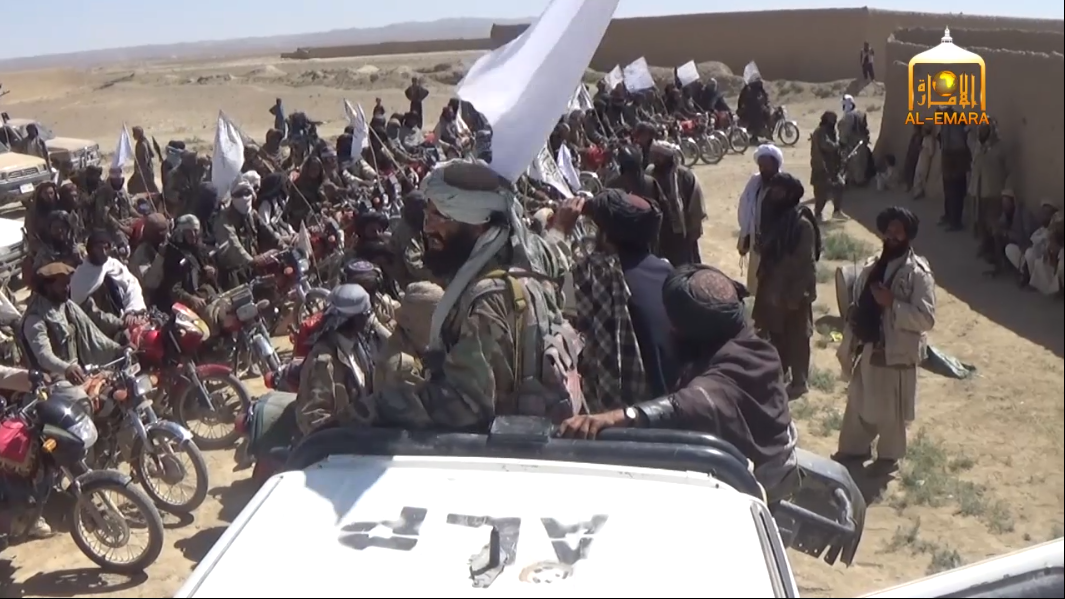
An opinion piece originally published at The New York Times. As the Taliban expands its influence in Afghanistan, al Qaeda has re-emerged as a force in the country. More US forces, and not less, are required to turn the tide.

The Afghan Taliban claimed it overran the district center of Ghoryan in the western province of Herat. Afghan forces later retook the district. Thirteen districts have fallen to the jihadist group in the past several weeks.

Torek Agha is “a long-standing Taliban member [who] has been central to spearheading brutal military attacks and raising millions of dollars to support the Taliban’s ruthless acts of terrorism,” Treasury stated.

The jihadist group continues to fight for control of the northwestern Afghan province of Faryab, where two other districts fell to the Taliban over the past 10 days.

A New York Times map, based on data provided by The Long War Journal, shows the deteriorating situation in Afghanistan. President Obama’s decision to keep 5,500 troop in country past 2017 will not be enough to turn the tide.
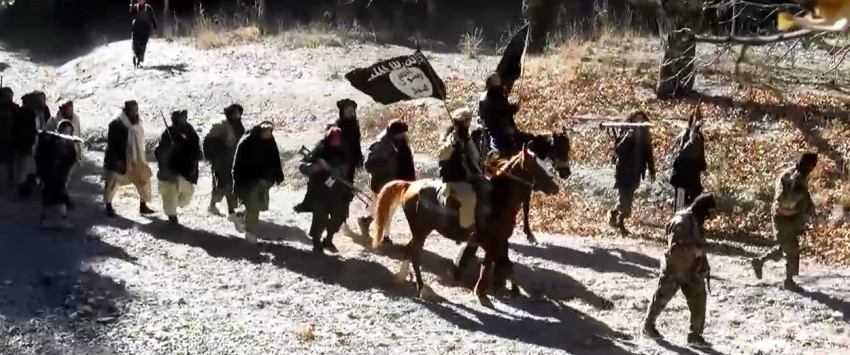
Jalaluddin, the former mufti for Khorasan Province, rose thought the jihadist ranks in the Afghan-Pakistan region and was mentored by Sheikh Aminullah, an influential Taliban leader and al Qaeda facilitator, before defecting to the Islamic State. He taught at the Ganj Madrassa, which is listed by the US as a terrorist facility.
The district of Bala Buluk fell to the jihadist group after more than a week of fighting. The fate of dozens of policemen who were surrounded for days is unknown.

The Taliban admitted earlier today that its forces have withdrawn from the center of Kunduz city. The group still controls all of the surrounding districts, however, meaning the city center is still under threat. While the Taliban portrayed its decision to withdraw as being somewhat altruistic, Amnesty International has accused the group of committing various crimes during its multi-day siege.

The US military’s raid on two large al Qaeda camps in the Shorabak district of the Kandahar province highlights al Qaeda’s significant footprint in Afghanistan more than 14 years after the Sept. 11, 2001 terrorist attacks.
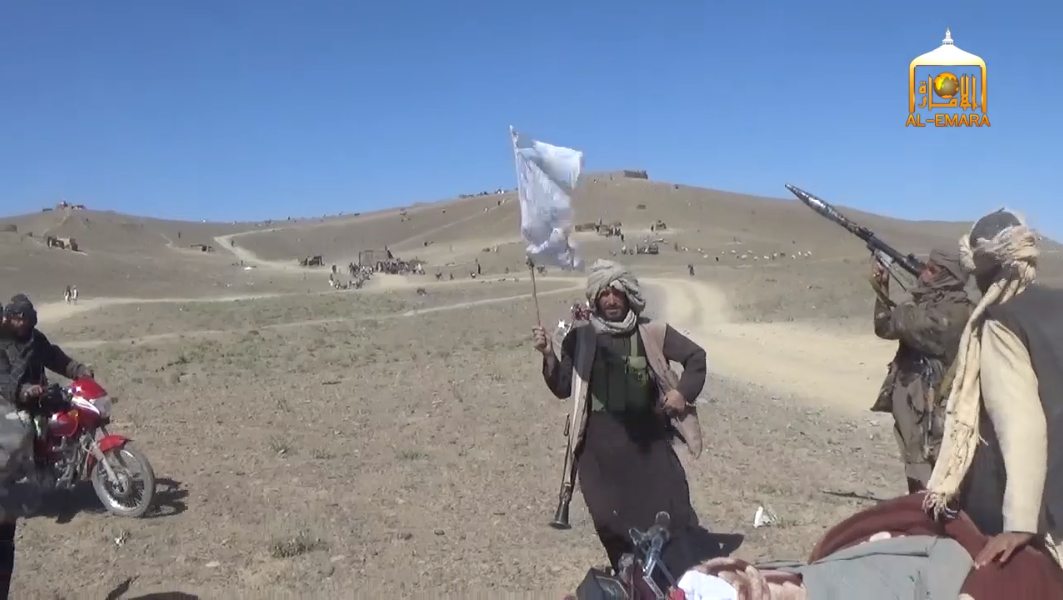
The Taliban control or contest a belt of districts in the south spanning from Farah to Helmand, Uruzgan, and now Kandahar, and may use this to threaten Lashkar Gah, the provincial capital of Helmand, or Kandahar city.
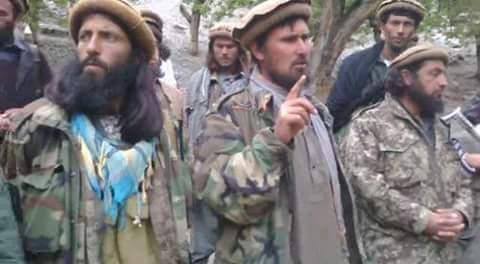
Qari Fasihuddin, the “Jihadi-in charge” of Badakhshan, is the second shadow governor to deny reports that he was killed in a US airstrike since the Taliban took control of Kunduz and several districts in the Afghan north.

Based on an analysis by The Long War Journal, 29 of Afghanistan’s 398 districts are under Taliban control, and another 36 districts are contested. An interactive map details the locations.
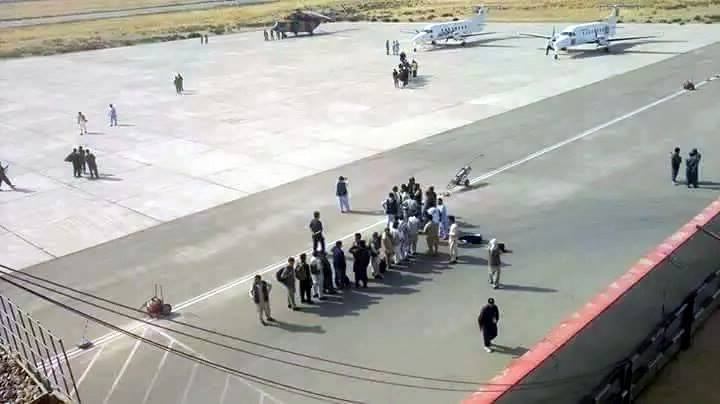
The Islamic Jihad Union’s supporters have released dozens of images from the city of Kunduz. The photos document the group’s participation in the siege of the city. In the months leading up to the invasion, the IJU and its allies captured territory in the surrounding areas.